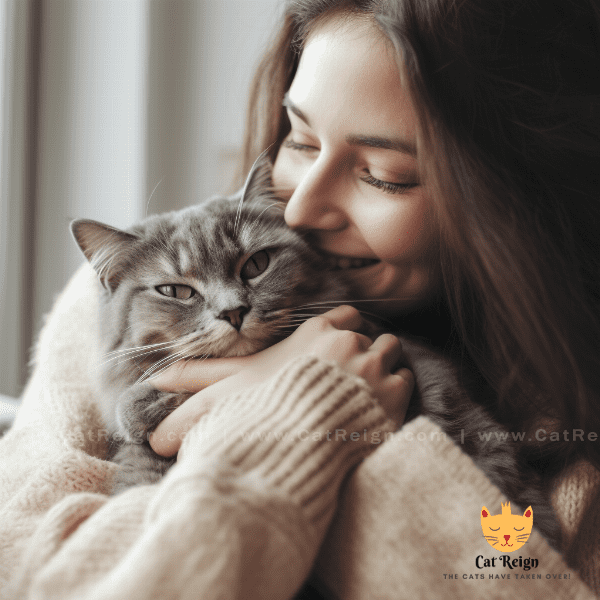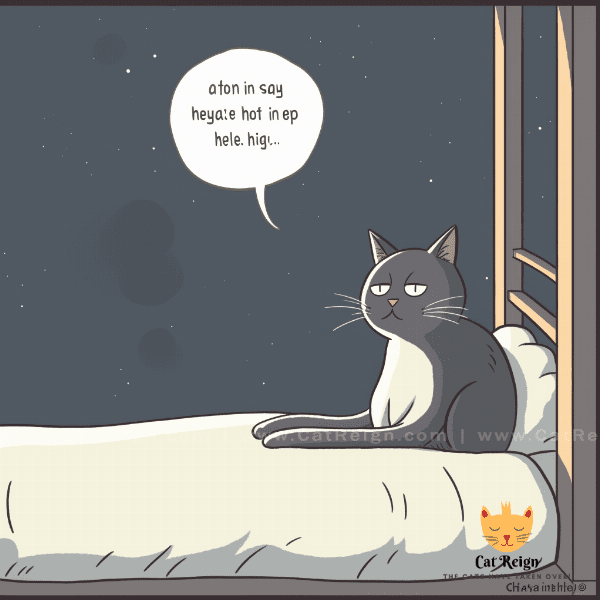Table of Contents
- Introduction to Cat Meowing
- Types of Cat Meows
- Why Do Cats Meow?
- How to Interpret Your Cat’s Meows
- Other Forms of Feline Communication
- When to Be Concerned About Excessive Meowing
- Training Your Cat to Communicate Effectively
- Understanding Meowing in Different Breeds
- Myths About Cat Meowing Debunked
- Conclusion: Strengthening the Bond through Communication
Introduction to Cat Meowing
Cats are known for their unique vocalizations, with meowing being one of the most common sounds they make. From soft and gentle meows to loud and insistent cries, cats use their meows to communicate a wide range of messages to their owners and other animals.
The Sound of Meowing
Meowing is a unique vocalization that cats make primarily to communicate with humans. The sound is created when air is forced through the cat’s vocal cords, producing a distinct high-pitched sound. Each cat’s meow is unique, and some cats can even produce a variety of different meows to convey different messages.
When Do Cats Meow?
Cats meow for a variety of reasons, including to greet their owners, to ask for food or attention, or to express discomfort or pain. Kittens also meow to communicate with their mother, while adult cats may use meowing to communicate with other cats in certain situations.
The Importance of Understanding Cat Meowing
Understanding your cat’s meows can help you better communicate with your feline friend and strengthen your bond. By paying attention to your cat’s vocalizations and body language, you can better understand what they are trying to tell you and respond appropriately. In the next sections, we will explore the different types of meows and what they mean, so you can become fluent in your cat’s language.
 Cat meowing”>
Cat meowing”>Types of Cat Meows
Just like humans, cats have their own unique way of communicating. They can produce a variety of meows to express their needs, wants, and emotions. Here are some of the most common types of cat meows and what they mean.
The Greeting Meow
The greeting meow is a friendly, welcoming sound that cats make when they see their owners or other cats they know. It’s usually a soft and gentle sound that expresses happiness and affection.
The Attention-Seeking Meow
When cats want attention, they may use a more insistent meow to get their owner’s attention. This meow may be louder and more frequent, and can sometimes sound like a demand.
The Hunger Meow
Cats often meow when they are hungry and want to be fed. This meow can be quite persistent and may increase in intensity the longer the cat has to wait for food.
The Distress Meow
Cats may meow loudly and continuously when they are in distress or pain. This meow can be quite alarming, and it’s important to pay attention to your cat’s body language to determine if they need immediate attention from a vet.
The Play Meow
When cats are in a playful mood, they may produce a distinctive meow that’s similar to a chirping sound. This meow is often accompanied by other playful behaviors, such as pouncing or chasing.
The Territorial Meow
Cats may meow loudly to warn other cats that they are in their territory. This meow can be quite aggressive and may be accompanied by other territorial behaviors, such as hissing or growling.
By paying attention to the different types of meows your cat makes, you can better understand their needs and emotions, and respond appropriately.

Why Do Cats Meow?
Cats are known for being independent creatures, but they still need to communicate with their owners and other cats. Meowing is one way they do this, but why do cats meow in the first place?
Evolutionary Origins
Scientists believe that meowing is a behavior that has evolved specifically for communication with humans. Unlike wild cats, domestic cats have learned to rely on humans for food, shelter, and protection. Meowing allows cats to get their owners’ attention and communicate their needs and desires.
Attention-Seeking
Cats are social animals and enjoy interacting with their owners. When they meow, they may be seeking attention or simply trying to initiate a conversation.
Hunger or Thirst
Cats may meow when they are hungry or thirsty, as a way to communicate that they need to be fed or given water.
Discomfort or Pain
If a cat is in discomfort or pain, they may meow loudly to alert their owners. This can be particularly important if the cat is injured or sick and needs immediate attention.
Age and Breed
Certain breeds of cats are more vocal than others. Additionally, kittens may meow more frequently than adult cats, as they are still learning to communicate and rely on their mother for care and attention.
By understanding why cats meow, you can better respond to their needs and strengthen your bond with your feline friend.

How to Interpret Your Cat’s Meows
Understanding what your cat is trying to communicate through their meows can be challenging, but there are some key factors to look out for. Here’s how to interpret your cat’s meows:
Pay Attention to Context
The context in which your cat is meowing can give you clues as to what they are trying to communicate. For example, if your cat is meowing while staring at their empty food bowl, it’s likely they are hungry and looking for food.
Observe Body Language
Cats use a combination of vocalizations and body language to communicate. Pay attention to your cat’s body language when they are meowing to better understand their message. For example, a Cat meowing while arching their back and puffing up their fur may be feeling threatened or defensive.
Note the Pitch and Volume
The pitch and volume of your cat’s meows can also give you an idea of what they are trying to say. High-pitched meows may indicate excitement or playfulness, while low-pitched meows may indicate frustration or discomfort.
Consider Frequency and Duration
The frequency and duration of your cat’s meows can also provide important information. If your cat is meowing constantly and for long periods of time, they may be trying to get your attention or expressing distress.
Look for Other Signs
Finally, it’s important to look for other signs that your cat may be trying to communicate something to you. These can include vocalizations such as purring or growling, as well as physical cues such as rubbing against your legs or nuzzling your hand.
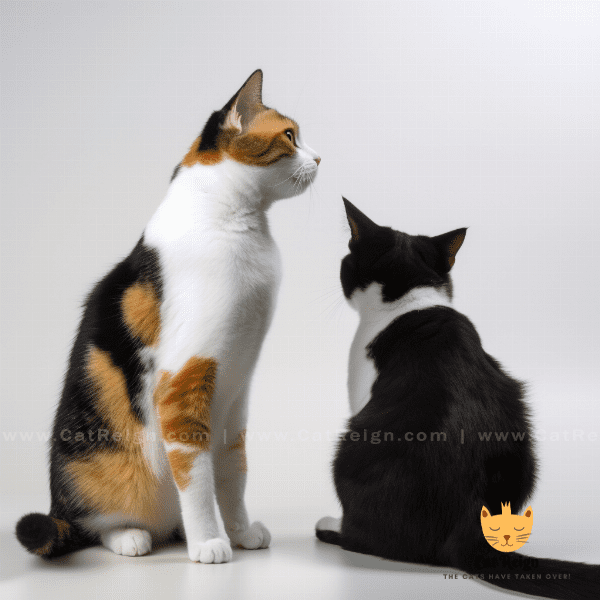
Other Forms of Feline Communication
While meowing is one of the most common forms of communication for cats, they also use a variety of other vocalizations and body language to communicate with their owners and other cats.
Purring
Purring is a common sound that cats make when they are content and relaxed. However, cats may also purr when they are in pain or feeling stressed.
Growling and Hissing
Growling and hissing are vocalizations that cats use to indicate that they feel threatened or defensive. These sounds are often accompanied by other physical cues, such as flattened ears and an arched back.
Scent Marking
Cats also use scent marking as a way to communicate with other cats. They may rub against objects or people to leave their scent, or they may scratch furniture or other surfaces to leave visual and olfactory cues.
Eye Contact
Cats use eye contact to communicate their intentions and emotions. A slow blink from a cat can be a sign of affection and trust, while direct eye contact can be a sign of aggression or defensiveness.

When to Be Concerned About Excessive Meowing
While meowing is a natural and common behavior for cats, excessive or unusual meowing can be a sign of an underlying problem. Here are some situations where you should be concerned about your cat’s meowing:
Changes in Behavior
If your cat suddenly starts meowing more frequently or in a different tone, it could be a sign of an underlying medical condition or stress.
Loss of Appetite
If your cat is meowing excessively and also showing a loss of appetite, it could be a sign of a serious medical condition.
Increased Aggression
If your cat’s meowing is accompanied by increased aggression towards people or other animals, it could be a sign of a behavioral problem or medical condition.
Nighttime Meowing
If your cat is meowing excessively at night, it could be a sign of anxiety or stress. This behavior can disrupt your sleep and lead to other problems.
Senior Cats
Excessive meowing in senior cats could be a sign of cognitive dysfunction, a condition that affects older cats and can cause confusion and changes in behavior.
If your cat’s meowing is accompanied by any of these symptoms, it’s important to consult with your veterinarian to determine the underlying cause and appropriate treatment.
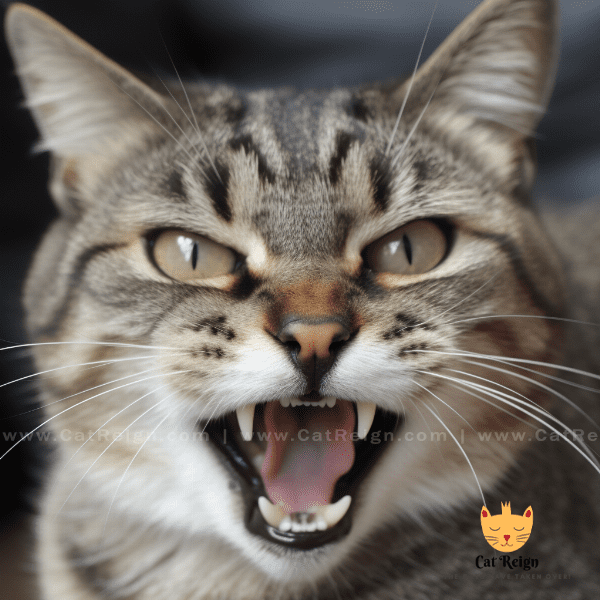
Training Your Cat to Communicate Effectively
While cats have their own unique way of communicating, you can also train them to communicate effectively with you. Here are some tips for training your cat to communicate:
Positive Reinforcement
Using positive reinforcement, such as treats and praise, can help encourage your cat to communicate in a way that you find acceptable. For example, if your cat meows excessively for attention, you can reward them when they meow at an appropriate time.
Consistency
Consistency is key when training your cat to communicate. Be consistent in your responses to your cat’s meows, and avoid reinforcing behaviors that you don’t want to encourage.
Body Language
Cats respond to body language as well as vocalizations, so it’s important to use both when communicating with your cat. For example, if you want your cat to come to you, use a combination of calling their name and opening your arms to signal that you want them to come to you.
Clicker Training
Clicker training is a positive reinforcement training method that can be effective for teaching cats to communicate. You can use a clicker to reinforce desired behaviors, such as meowing at appropriate times, and gradually increase the difficulty of the behavior.
Vocalization Training
You can also train your cat to produce specific vocalizations on command. For example, you can teach your cat to meow when they want to be fed or when they want to play.
By training your cat to communicate effectively, you can strengthen your bond with your feline friend and better understand their needs and desires.
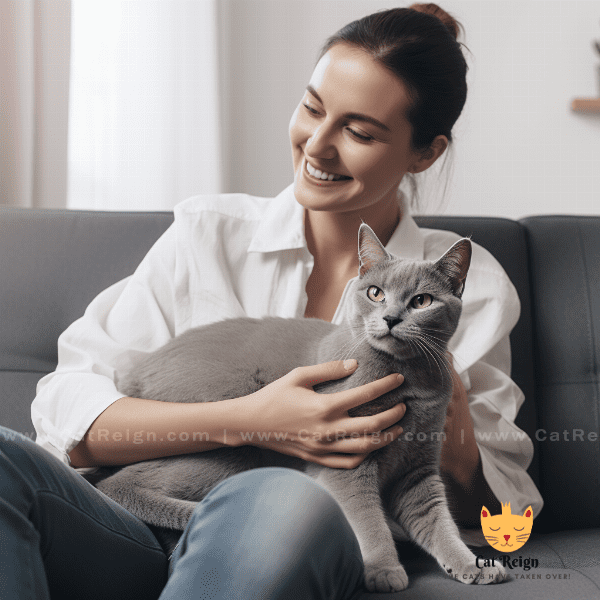
Understanding Meowing in Different Breeds
Just like humans, cats have their own unique personalities and behaviors that are influenced by their breed. Here are some characteristics of different breeds that may influence their meowing behavior:
Siamese Cats
Siamese cats are known for being vocal and often produce a distinctive meow that sounds like a human baby crying. They may meow more frequently than other breeds and may use different vocalizations to communicate different messages.
Persian Cats
Persian cats are known for their quiet and gentle nature, and may meow less frequently than other breeds. When they do meow, it’s often a soft and gentle sound.
Maine Coon Cats
Maine Coon cats are known for their deep and melodious meows, which they use to communicate a variety of messages. They may meow more frequently when they want attention or are feeling playful.
Sphynx Cats
Sphynx cats are known for their affectionate and outgoing nature, and may meow more frequently than other breeds. They may use a variety of vocalizations to communicate with their owners, including meows, chirps, and trills.

Myths About Cat Meowing Debunked
There are many myths surrounding cat meowing and communication that have been debunked by scientific research. Here are some common myths about cat meowing:
Myth: All Cats Meow Excessively
Fact: While some cats may meow more frequently than others, excessive meowing is not normal and can be a sign of an underlying problem.
Myth: Cats Only Meow to Get Food
Fact: While cats may meow when they are hungry, they also meow to communicate a variety of other messages, such as attention-seeking, playfulness, or distress.
Myth: Cats Don’t Need Social Interaction
Fact: Cats are social animals and require social interaction and attention from their owners. Meowing can be a way for them to initiate social interaction and communicate their needs and desires.
Myth: Meowing is Only for Domesticated Cats
Fact: Meowing is a behavior that has evolved specifically for communication with humans, but wild cats also use vocalizations and body language to communicate with each other.
Myth: Cats Only Meow at Night
Fact: While some cats may meow more frequently at night, meowing can occur at any time of day and can have a variety of meanings.
By understanding the facts about cat meowing, you can better interpret your cat’s behavior and respond appropriately to their needs and desires.
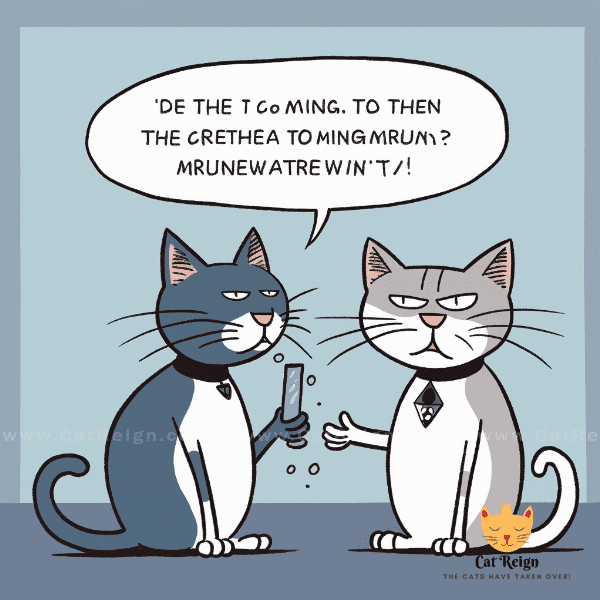
Conclusion: Strengthening the Bond through Communication
Effective communication is key to building a strong bond between cats and their owners. By understanding your cat’s meows and other forms of communication, you can better respond to their needs and desires and strengthen your relationship with them.
Remember to pay attention to your cat’s context, body language, pitch, and frequency of meows to better interpret their messages. Also, consider training your cat to communicate effectively using positive reinforcement and consistency.
By debunking common myths about cat meowing and understanding the characteristics of different breeds, you can become a better cat owner and provide your feline friend with the love and attention they deserve.
